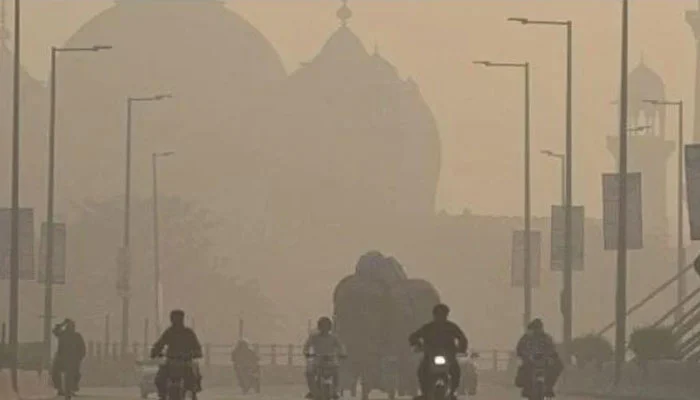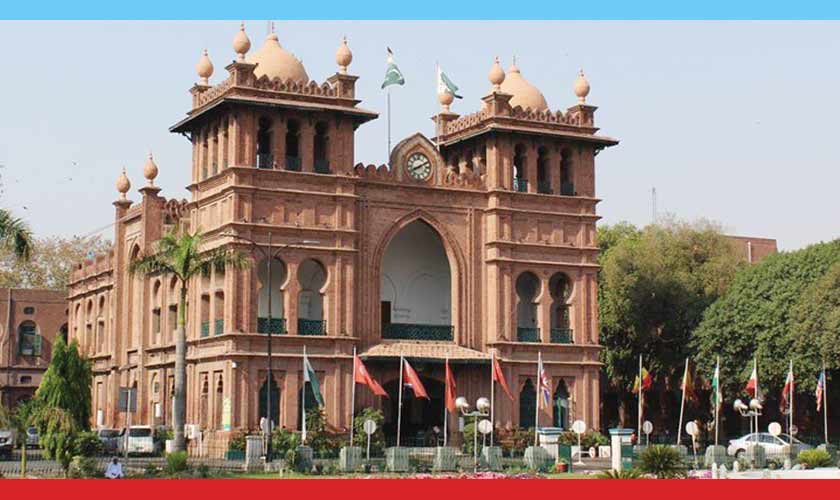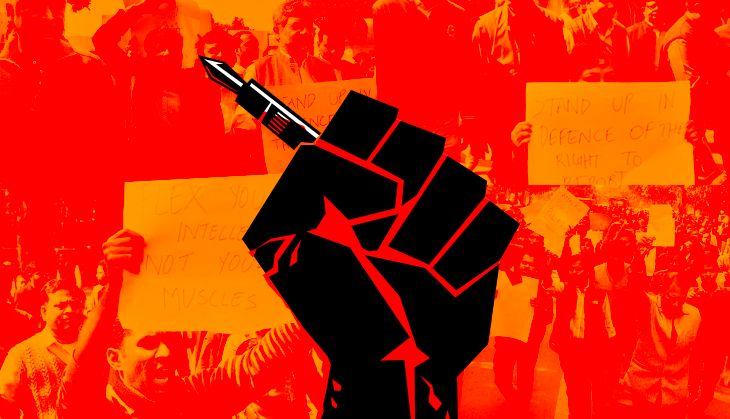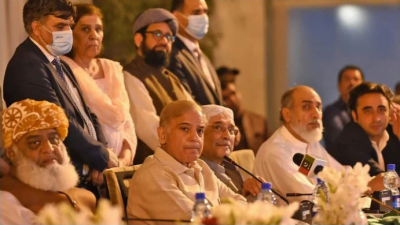Mudassir Rizwan
Punjab, particularly Lahore, is once again in the grip of a pressing and increasingly frequent issue: smog. This noxious blend of pollutants, traditionally most severe during colder months, particularly around October, is now a year-round menace. The reliability of seasonal markers that guided agricultural and environmental expectations has been undermined by climate change, primarily driven by human actions. This urgent and ongoing ecological crisis demands immediate attention.
This climatic upheaval has far-reaching consequences, including alterations in agricultural practices and significant disruptions in weather patterns. Conclusively, the severe pollution levels that plague cities like Lahore are a direct product of human activities, leading to harmful substances lingering in the atmosphere, which pose serious health risks.
Lahore is not alone in its struggle with smog. Cities worldwide, from Indian Punjab to metropolises across the globe, are grappling with similar conditions. Pollution knows no borders, and its effects are most keenly felt in vulnerable populations, including children, the elderly, and those with pre-existing respiratory conditions. This is a global issue that requires collective action.
Interestingly, the onset of this year’s smog has coincided with unusually high temperatures for October, suggesting a departure from the previously held belief that colder weather predominantly drives smog formation. With average maximum and minimum temperatures recorded at 32 and 27 degrees Celsius respectively, this shift forces us to reconsider traditional assumptions and highlights the complex nature of environmental interactions that exacerbate air quality issues.
In light of the alarming Air Quality Index (AQI) readings that have soared past 1,000, the Punjab government has attributed the influx of pollution to wind patterns carrying contaminants from Indian Punjab. However, this claim lacks scientific validation. In response, authorities have suggested that they will pursue ‘smog diplomacy’ with their Indian counterparts, raising questions about the feasibility of intervention in natural wind currents akin to attempting to command the sea, as King Canute once tried.
The lack of an effective overarching strategy from the provincial government in addressing the smog crisis is evident. Measures such as temporarily closing primary schools to safeguard children, localized lockdowns targeting high-pollution vehicles, and appeals to industries and agricultural practices to reduce emissions merely skim the surface of a much broader and complex problem.
Where is the smog originating? Despite a scarcity of comprehensive, objective studies, existing research indicates that vehicle emissions account for around 60% of Lahore’s pollution, followed by factories and brick kilns at 20%, with the remainder due to seasonal agricultural practices like stubble burning. This assessment, while potentially rough, highlights key areas needing immediate and focused attention.
With an estimated 4.5 million motorcycles and 1.3 million cars and trucks on Lahore’s roads, the overwhelming number of vehicles contributes significantly to the city’s dire air quality. The sight of a blue haze lingering over major thoroughfares is an all-too-familiar one for commuters. The lack of a cohesive urban transport infrastructure exacerbates this predicament. Past proposals for a comprehensive mass transit system, involving an underground rail network and bus services, have been mired in political struggles, leaving the city dependent on individual vehicles and perpetuating an ever-worsening pollution crisis.
The imperative for a reliable, integrated urban transportation system is clear. Such a framework is crucial for reducing private vehicle dependency, especially during peak travel hours. Additionally, factories must be compelled to adopt environmentally sustainable technologies to curb their polluted emissions.
Moving forward, industrial locations should be strategically positioned away from densely populated areas, as was done in London following its infamous smog crisis. Brick kilns need urgent transformation, either by upgrading to cleaner zig-zag technologies, which are a type of kiln design that reduces emissions, or facing closure. There should be a firm ban on industries utilizing highly contaminating fuels, such as rubber tires. For the agricultural sector, innovative solutions like super-seeders can render stubble burning unnecessary, thus decreasing seasonal pollution spikes.
However, it is vital to recognize that the transition toward improved air quality cannot happen overnight. It will require a concerted effort over many years, and the health effects of this pollution will persist in the interim. Successive government neglect has led to the dire state of Lahore’s air quality; ongoing inaction may provoke public outrage as the population continues to suffer.
In conclusion, the recurring smog crisis in Lahore is a stark reminder of the broader environmental breakdowns we face. Our insistence on a status quo that prioritizes short-term gains over long-term sustainability has led us to this point. To tackle the multitude of factors driving air pollution in Punjab, we need comprehensive, multidimensional strategies. This crisis demands decisive and unwavering commitment from both policymakers and citizens. The cost of inaction is too high, and we cannot afford to burden the future generations of this region.

















































